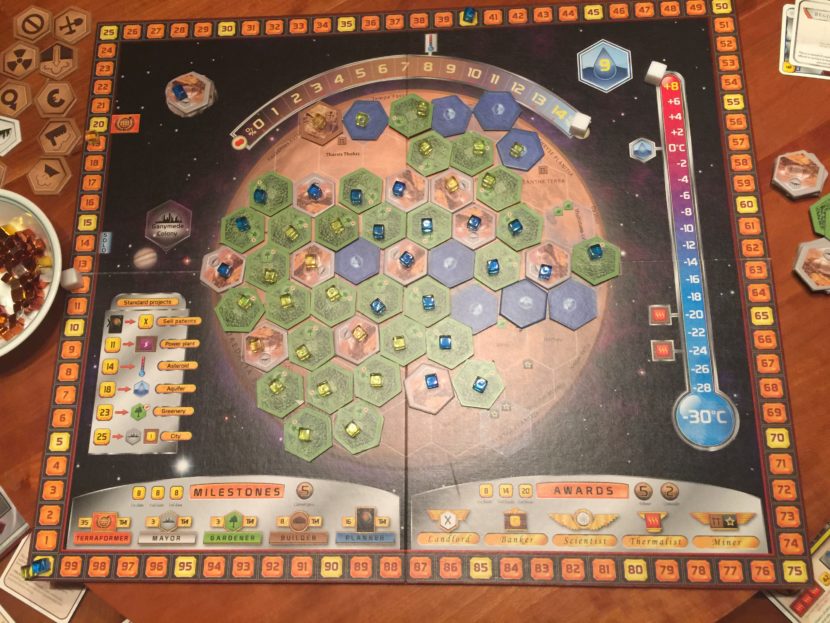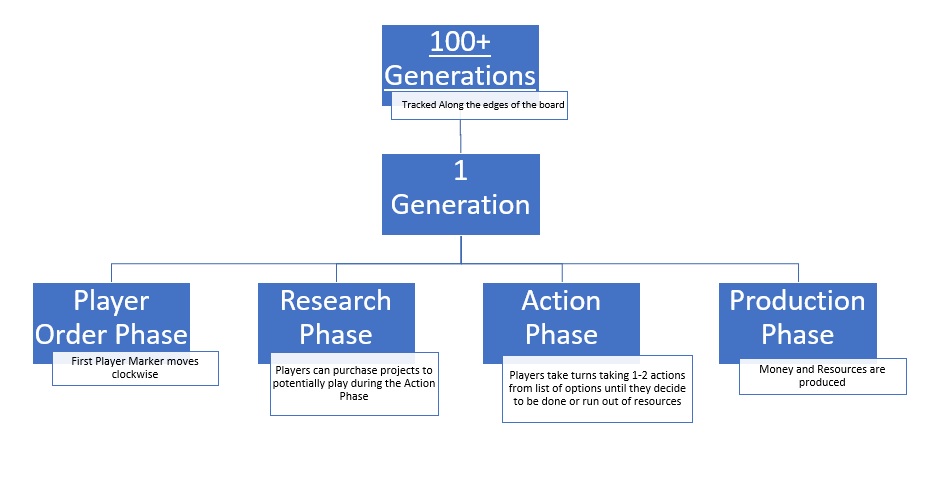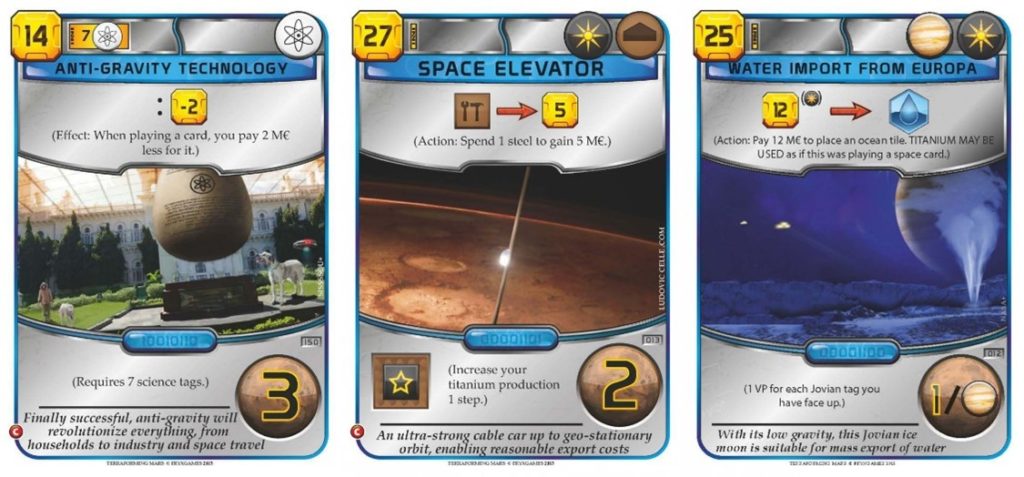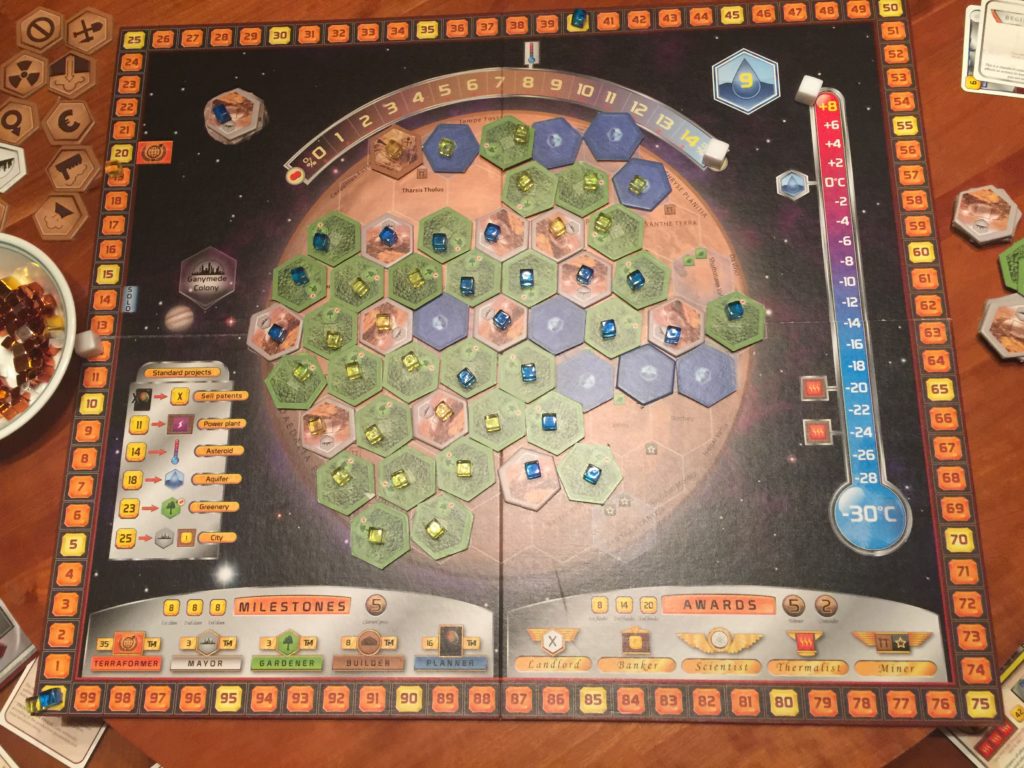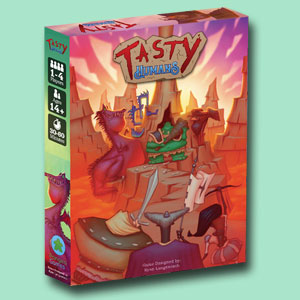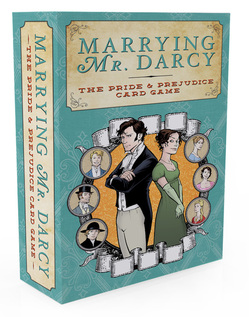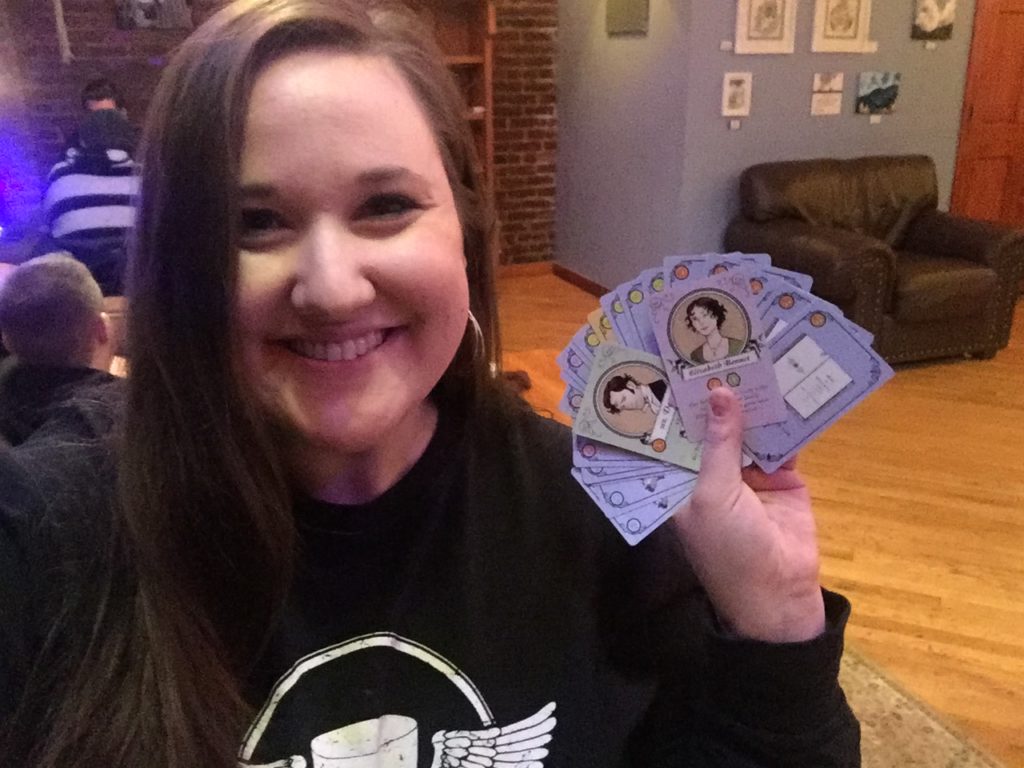Board Game Review: Exit Games
Maria here again! A few years ago I picked up some copies of Exit: The Game at the store because I absolutely love Exit Rooms. Like, LOVE Exit rooms. When I saw that there was a board game version, I promptly grabbed a few for us to try out.
Fast forward a year and we still hadn’t played one. It wasn’t until after I was recovering from an injury where we finally decided to bust one out for a date night. It took us almost 4 hours to complete and was absolutely a great opportunity for communication for an engaged couple. Ha!
Seriously though, we have bought so many more of the games and they have been an absolute God-Send during the pandemic.
Looking for more resources to help you on your board game design journey?
Here you go: no email required!
Like this writing style?
Check out my latest blog on marketing here.

Exit: The Game (And I don’t just mean exiting my house)
Objective
To solve all the puzzles in the game and “escape.” You can choose to complete the game within a certain time frame, only use a certain number of hints, or just try and finish it. It can be as intense or chill as you want!
Gameplay Overview
These are like classic Escape rooms, but you need to use your imagination a little bit more.
Inside the box you will find:
- A decoder disc
- Rule book
- Another booklet (this contains the “Rooms” and other riddles)
- 3 stacks of cards (Riddle Cards with the Alphabet on them
- Help Cards with shapes on them, and Answer Cards with numbers on them)
- Other “specialty items” that will be used later in the game
Read the rulebook first, every time, because it will tell you what to take out when you first start.

Gameplay
Once you are set up, you follow the directions diligently and work your way through the “room” which is often a certain page in the booklet with a room printed on it. There are clues and riddles everywhere. The riddles will result in a sequence of shapes that you put into the decoder cipher that gives you a number. You then go to that number card in numbered stack to see if you are right and get to keep moving through the room.
If you are wrong, or if you might be right and you have to check another card. Doesn’t that already sound exciting? I know I’m wanting to play a game just writing about it!
If you are stuck, you can choose to select a hint based on the shape of whatever you are trying to solve. But be careful! If you want to go by the game’s scoring, hints can dock your score at the end.
Cut, draw, fold, and think your way through each page of the booklet until you either escape this imaginary room or you suffer the consequences…of…failure!

What I Love About Exit Games
As I’ve already stated, I love Escape rooms. So my first and foremost favorite thing about the Exit: The Game by Thames & Kosmos is that they exist; plain and simple. They are completely immersive, so even if we can’t physically leave our homes it feels like you’re transported to another time and place.
I also love that the games are not too expensive (typically $15 each, with larger ones at $25) but the quality is outstanding. The Thames & Kosmos team clearly takes pride in their work because everything from the materials to the riddle clues are of the highest standard!
Let’s first look at the materials. The cards are linen; the game box could easily be decorated/reused as gift box; and the art in the booklets is top notch. Oh, did I mention that the cards are LINEN. And you *literally* cut up the cards. It’s CRAZY! I remember the first time I went to cut a card it was thrilling, like I was being some reckless rebel.
Each game also includes a few “extras” that vary from game to game, but some of these are more than just cardboard punch outs. One game, and I won’t say which, included a candle, rope, and 3 fake gems. When I say that these can get impressively elaborate, I’m not kidding.
Gameplay
Now that we’ve talked about the material quality, I want to talk about the actual riddles. There is a wide variety of difficulty levels to be inclusive of families with teenagers or even middle grade kids. But there are also ones that are straight up hard.
In case you haven’t noticed this yet, but Brandon is really smart. And I like to think of myself as an intelligent individual. Well, these games will often take us 2 hours to complete. (Granted, I’m stubborn and never want to use the hint cards).
We even had my mom join us one time and she was stumped by several of the riddles. (And she thinks that Sudokus are fun!) These are not simple riddles, but complex tricks of the eye, ciphers, math problems, you name it!
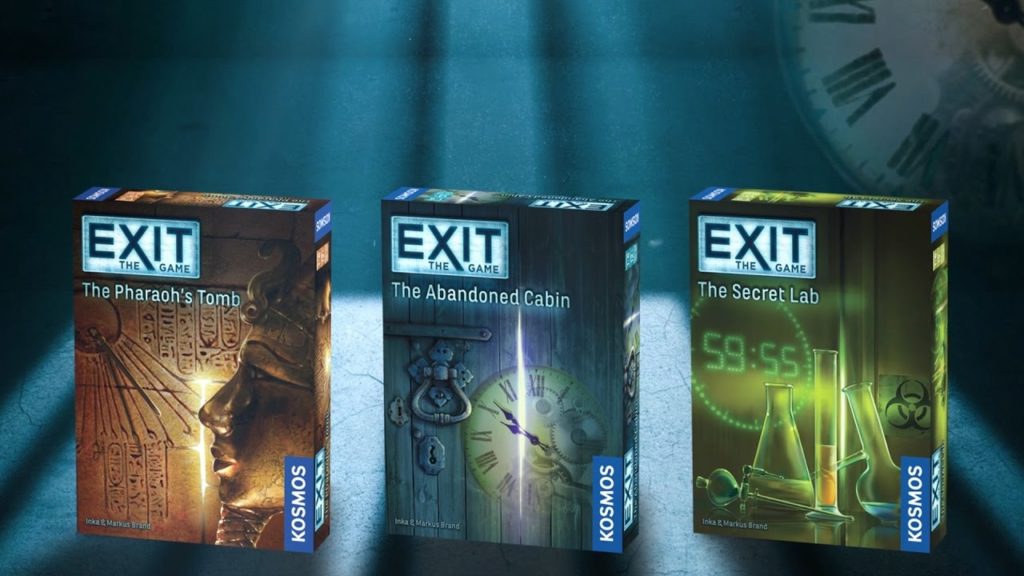
What Could Use Improvement
This is going to sound weird, but a “could use improvement” is possibly decreasing the quality of some of the materials. The linen cards are fabulous and really hit those tactile boxes for me, but once a card is cut….it’s cut. It isn’t going back together again. I almost wonder if there is a recyclable material that could be used or even a more biodegradable version, so it doesn’t feel like I’m just putting more plastic-like materials into the trash.
In a similar vein to the above, is the fact that when the game is over it goes in the trash. There is literally no way to regift the Exit games. I would love to regift them to my parents or friends for them to use as a date night activity, but the cards are cut, the booklets are drawn on; it’s impossible to regift.
Fortunately, the Thames & Kosmos team did come out with a new line of games called Adventure Games which apparently are replayable or regiftable.
Lastly, I think that there need to be a few more options in the 4-star difficulty range. I realize that these are supposed to be family-friendly, but I do wish that there was a wider selection of harder games. The first game we played was The Secret Lab one and the reason it was so hard wasn’t entirely because we sucked, but because the difficulty level still is one of the highest we have ever played.
Preferred Game Mechanics
In my blog post Growing Up with Board Games: The Power of Nostalgia, I discovered that there were 4 main game mechanic themes tying my favorite childhood games that have also impacted my favorite games as an adult. The Exit Games manages to tick off every single item!
A Dynamic Theme
Every Exit Game takes “theme” to a whole new level. The only way that the theme of each game could be even further enhanced is if the rule book itself were written in theme. Otherwise, every element to the game is clearly chosen and designed to match that Exit Game’s theme.
Great Art and Colors
Similar to the theme, the artists responsible for the room designs in the booklets are talented individuals. Sometimes the colors are a little too saturated and hard to see (specifically dark colors), but the fact that my complaint is that the art is too good should tell you something.
Incorporates a Clicking Noise
We’ve played probably 4 or 5 of these games and each one does have some form of clicking noise. And that is outside of me tapping my pencil on the table as I try to solve a riddle.
Tactile, but not needlessly fidgety
If the game doesn’t have a clear clicking noise, then there are other tactile elements to the game that are great. Since you are having to extend your imagination in order for these games to work, you cannot actually pull open drawers or touch the walls of the room you are trying to get out of. But you get to fold, tear, cut, fan, flip, string, draw, and more.
The only “fidgety” part of the game is initial setup of separating the cards (DON’T SHUFFLE THEM!) and then sometimes the construction pieces get a little finicky.

You’ve Escaped!
Congratulations! You have made it through my blog post on the Exit: The Game by Thames & Kosmos. I hope you learned something, and I really hope you give a game a try! These games are great to keep on hand for birthdays, family gatherings, and rainy days at the lake. I know there are boardgame version of Escape Rooms, but I have yet to try those out. Let me know which one is better if you have played both!
Board Games, Seen By a Non-Gamer is written by Maria Polcari, Brandon’s wife. The series is meant to both make you think about games in a different way, and to give Brandon a much needed break!
This is the fourth in a five-part series (maybe more)!
Looking for more resources to help you on your board game design journey?
Here you go: no email required!
Like this writing style?
Check out my latest blog on marketing here.


